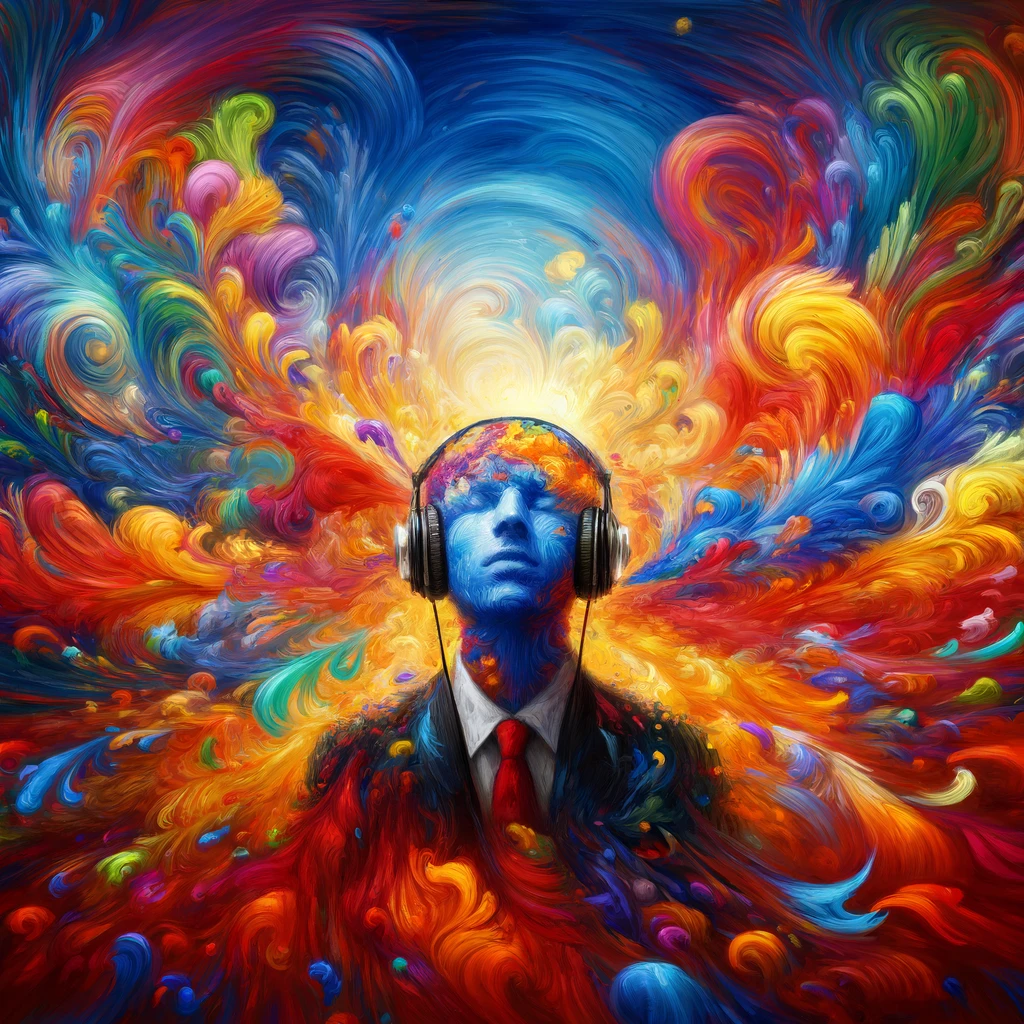In the realm of sensory perception, the interplay between color hearing, perfect pitch, and synesthesia presents a fascinating mosaic of experiences. This exploration seeks to untangle these phenomena, shedding light on their unique features and how they intersect, while emphasizing the technological advancements in music education.

The Essence of Synesthesia
Synesthesia stands as a remarkable experience wherein the activation of one sensory pathway leads to automatic, involuntary perception in another pathway. This could mean seeing colors when hearing sounds or tasting flavors when seeing shapes. Synesthesia is not learned; it's an inherent aspect of an individual's sensory experience, consistent and spontaneous through their life. Oliver Sacks provides a plethora of fascinating examples of synesthesia in his book, "Musicophilia: Tales of Music and the Brain."
Perfect Pitch: Beyond Synesthesia
Perfect pitch, or absolute pitch, refers to the ability to recognize or reproduce a musical note without an external reference. Traditionally associated with terms like "color hearing," it relates to the perception of pitch qualities that are as distinct and inherent as colors seen with the eyes. This notion aligns with the chromatic scale's etymology, which implies a "colored scale," suggesting a natural spectrum of sound.
It's vital to clarify that while synesthesia could confer a form of perfect pitch due to its sensory crossover, perfect pitch as a skill is distinct. Perfect pitch involves recognizing pitch colors inherently, a capability that, contrary to common belief, can be cultivated with mindfulness and practice. It is not about memorizing associations between musical notes and visual colors but about discerning the inherent "color" of pitches directly through auditory perception.
HarmoniQ: Bridging Technology and Musical Perception
The "HarmoniQ" app embodies the frontier of leveraging technology to foster musical skills, specifically aiming to develop the nuanced ability of color hearing. This tool transcends traditional educational methods by not solely relying on color associations as a teaching mechanism. Instead, it encourages learners to internalize and recognize pitch colors, enhancing musical understanding and appreciation from a foundational perspective.
The innovative use of technology in "HarmoniQ" demonstrates how modern advancements can simulate complex auditory experiences and facilitate the development of musical abilities, such as perfect pitch. This approach invites users to explore the depth of sound through an enriched sensory awareness, potentially unlocking new realms of auditory perception previously reserved for those with innate abilities or synesthesia.
A Symphony of Sensory Discovery
The comparison between auditory and visual sensory processing — how ears interpret sound frequencies as pitches and eyes perceive light wavelengths as colors — highlights a fundamental parallel in our experience of the world. The chromatic scale, with its implication of a spectrum of sound, serves as a testament to the rich tapestry of musical tones awaiting discovery.

Harmonizing Sensory and Musical Worlds
Delving into the nuances of synesthesia, color hearing, and perfect pitch reveals the vast spectrum of sensory experiences and their implications for music education and appreciation. With the advent of technology like "HarmoniQ," individuals are afforded unprecedented opportunities to explore and enhance their musical abilities, bridging gaps between innate sensory experiences and learned skills.